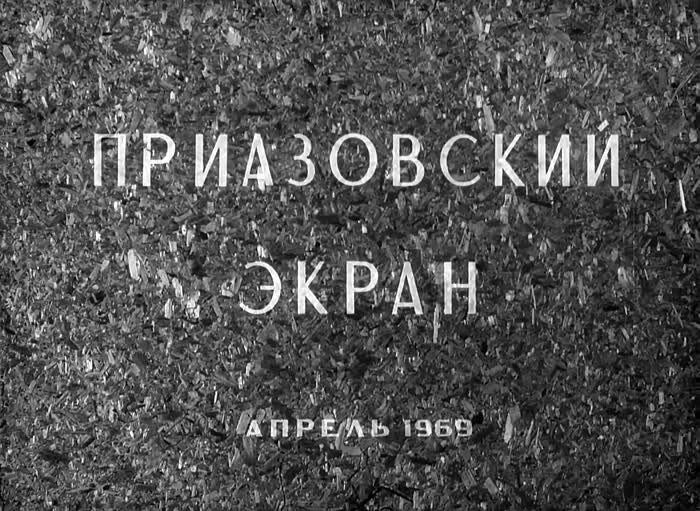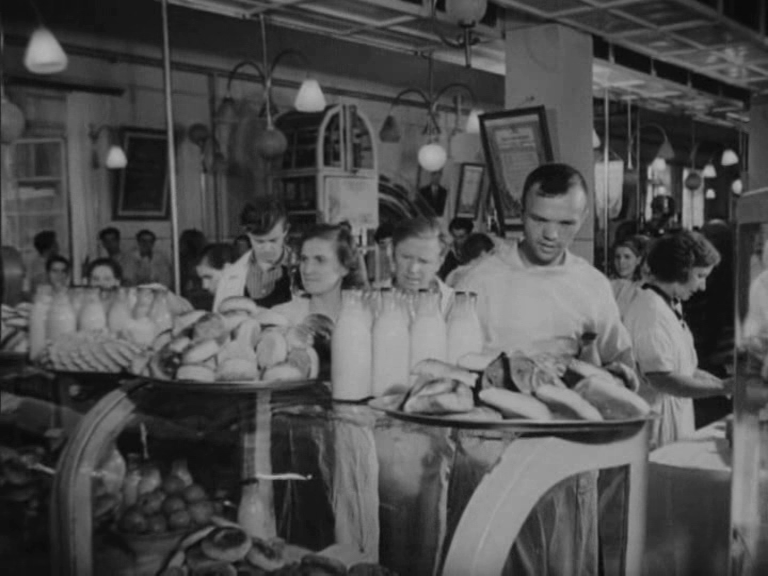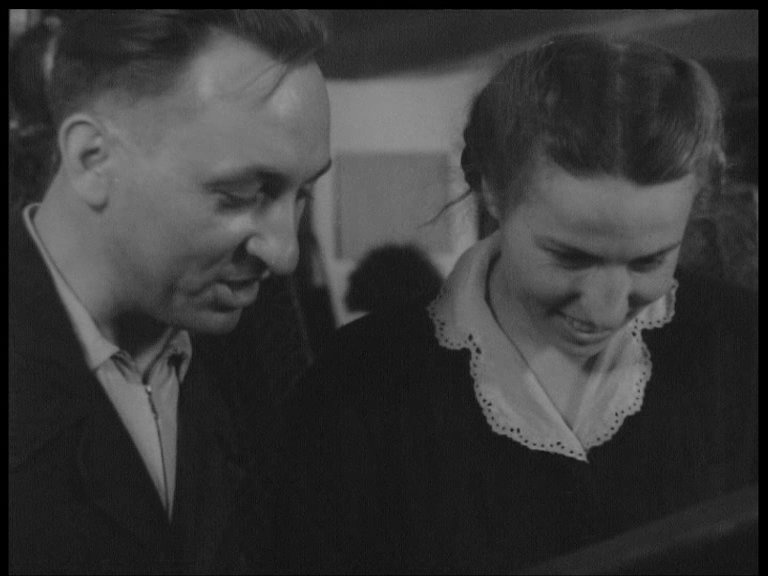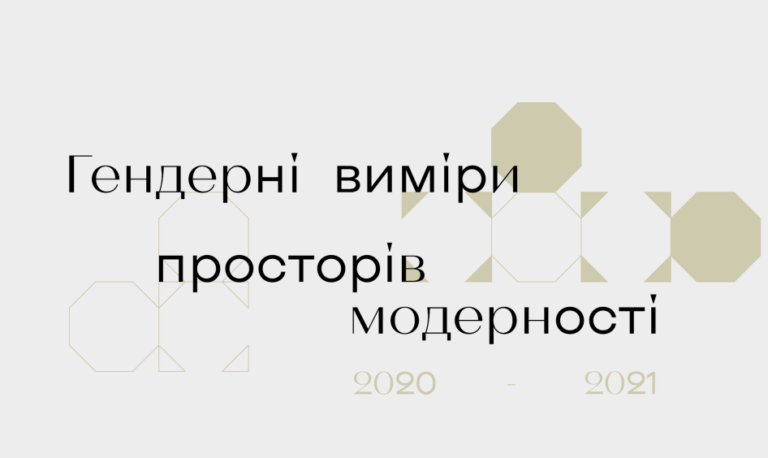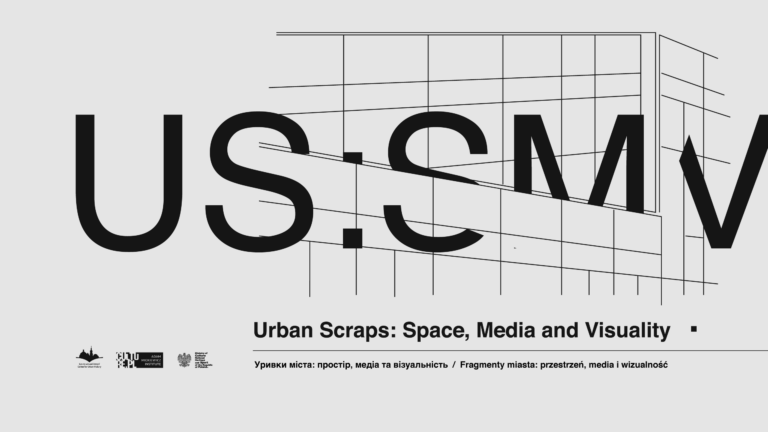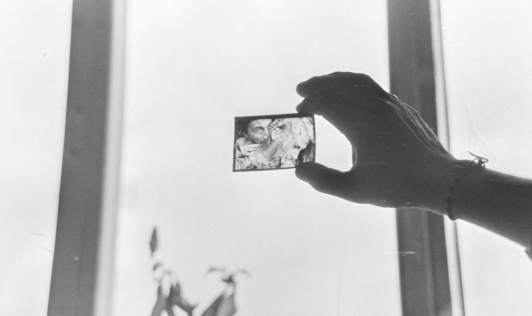Related sources:

Concerning the Intensification of the Fight Against Persons Who Avoid Socially Useful Work, statement 1961
The Soviet authorities not only motivated workers to labor feats, but also punished those who refused selfless work for the benefit of the motherland. For example, in February 1948, a decree of the Presidium of the Supreme Soviet of the USSR was signed "On the eviction from the Ukrainian SSR of persons who maliciously avoid work in agriculture and lead an anti-social, parasitic lifestyle." Similar approaches were approved by the resolution of the RSFSR from 1961, which encouraged to identify (that is,to report), punish and even imprison people who chose a non-socialist way of life. The document shows that despite official claims about the advantages of communist production and socialist competition, many people...
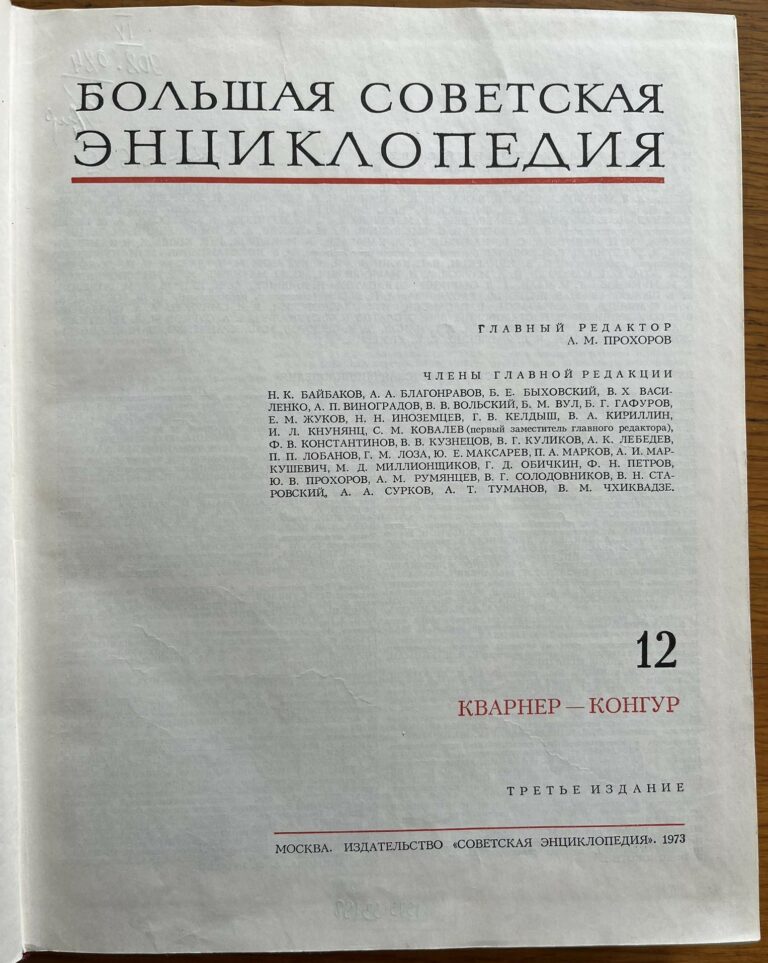
The Movement of Collectives and Shock Workers Brigades of Communist Labour, article
This article is part of the Soviet Encyclopedia and was written by Semion Romanovych (in life Srul Rakhmilevich) Gershberg (1908-1984). He was a researcher of Soviet history who specialized in the topic of "labor strikers". From 1931 to 1949, Gershberg worked for the Pravda newspaper and was fired during the 1949 anti-Semitic campaign in the USSR. Since 1949, he worked at the publishing house "Soviet Encyclopedia", where he held the position of deputy head of the editorial board. In 1961, he published the book "Movement of Collectives and Strikers of Communist Labor" and based on this research created the same article for the Great Soviet Encyclopedia (third edition 1969-1978, which consists of 30...
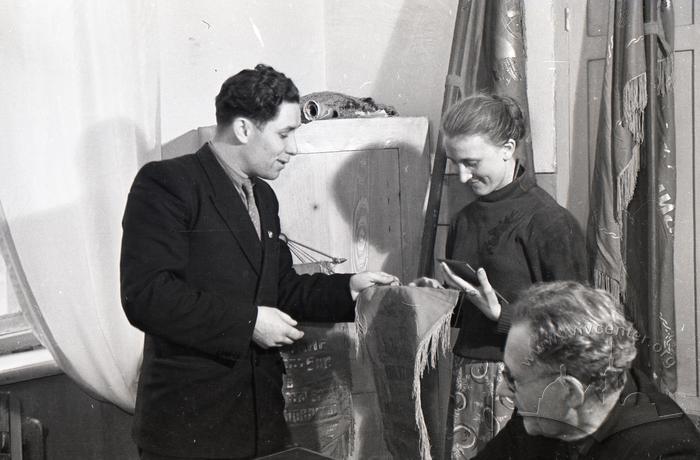
Members of the Communist Labor Brigade and the presentation of Komsomol tickets at the Mariupol Heavy Machinery Plant
The photo shows the moment of the ceremonial presentation of a Komsomol ticket to an employee of the Mariupol heavy engineering plant. In addition to the ticket, a party or Komsomol functionary hands an unknown woman a pennant, which may indicate that this new Komsomol member has already achived significant results in the performance of the party’s labor tasks. Most likely, she is a representative of the leaders of the plant, and it was important for the Soviet system that the leaders of the production were part of the Komsomol-party asset. If we follow the name of this source, then the young worker is part of the “communist labor brigade”, which was an...

Amateur Media and Life in Cheryomushky
In addition to the official media (ekklesia)—the imagined narratives and myths presented through theatrical performances, films, and other sanctioned representations consumed by Soviet citizens in the agora (for instance, in cinemas as part of the public sphere, or via television as a window onto it)—there also existed a private sphere (oikos). But how can we uncover what everyday life was like for ordinary people? One valuable source for accessing this lived reality is amateur film recordings, which captured fragments of daily life in cheryomushky and khrushchovkas. The Soviet Union maintained a unique ideological system that simultaneously restricted and encouraged amateur media. The state promoted amateur filmmaking through official clubs—such as those...
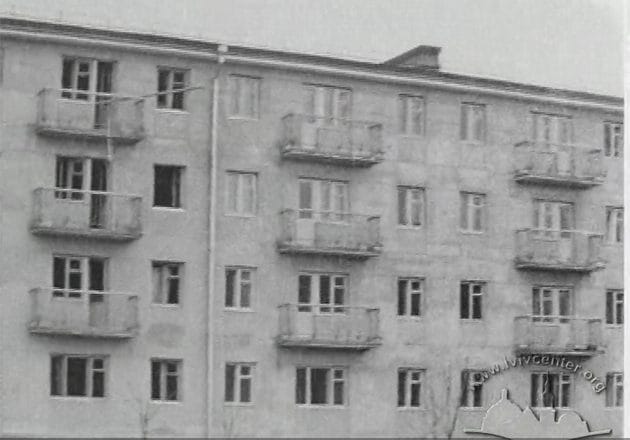
TV News from a Lviv Television Studio in the 1960s
The task of popularizing the Soviet government’s approach to solving the “housing issue” in the Ukrainian SSR was entrusted not only to trade unions and their media—such as construction or architectural magazines—or to artists working in theater and cinema, but also to television. A television studio in Lviv was established in 1955, and by 1957 it was already actively producing local news. These broadcasts typically featured several short stories, each lasting from one to three minutes, focused on the region’s economic and cultural development. When not aired live—live broadcasts being made possible through the use of a mobile television station—the news segments were filmed on 16 mm film by traveling television crews. The...
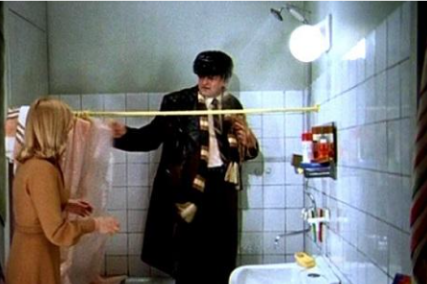
The Irony of Fate, or Enjoy Your Bath!, a 1975 Soviet Film
In 1969, Soviet playwrights Emil Braginskiy and Eldar Riazanov wrote the play Enjoy Your Bath! Or Once Upon a Time on New Year’s Eve, which quickly became a favorite in Soviet theaters. In the early 1970s, the decision was made to adapt it for television, leading to the premiere of the two-part TV movie during the New Year’s holidays of 1975–1976. Much like the 1959 Moscow operetta about the Cheryomushki neighborhood, a popular theatrical plot was reimagined in a new medium—this time, not through cinema but television. Unlike the 1963 film musical Cheryomushki, the adaptation took the form of a television movie enriched with numerous musical interludes, which became widely popular after its...
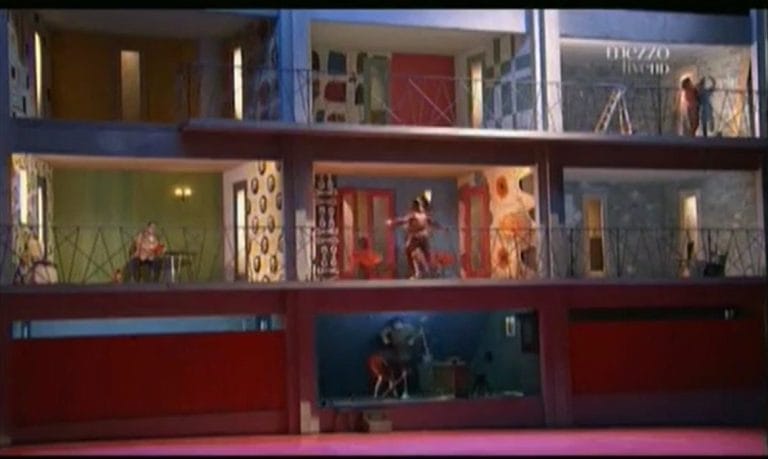
Moscow, Cheryomushki, a 1959 Soviet Operetta
On December 24, 1958, the premiere of the three-act operetta Moscow, Cheryomushki took place at the Moscow Operetta Theatre. The music was composed by the renowned Soviet composer Dmitri Shostakovich, and the production was widely referred to in the media as the “Shostakovich operetta.” The official opening followed on February 24, 1959, and the work was met with favorable responses from both audiences and critics. The libretto was written by prominent Soviet playwrights and screenwriters Vladimir Mass and Mikhail Chervinsky. The stage production was directed by Vladimir Kandelaki and Leon Zaks, with Grigori Stoliarov as conductor, Georgi Kigel as set designer, and Halyna Shakhovska as choreographer. Two years after the premiere, Shostakovich’s friend,...
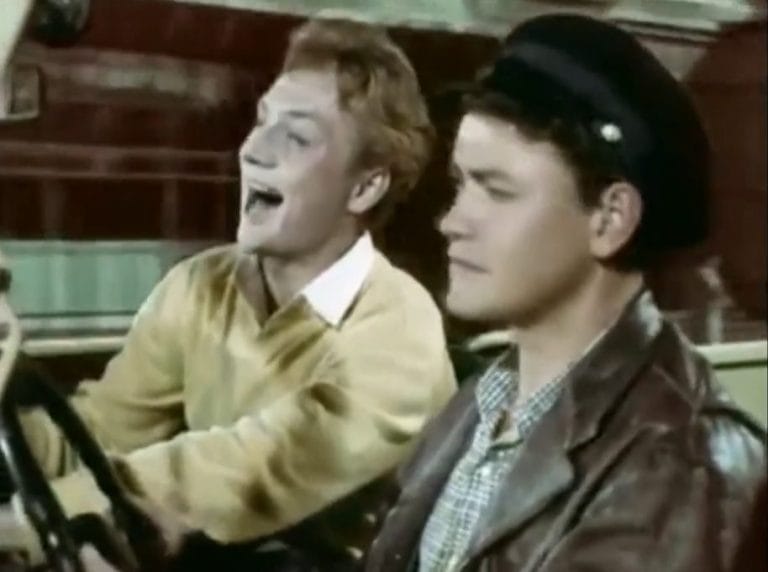
Cheryomushki, a 1963 Soviet Film
In 1961, the USSR’s cinematic authorities approved the idea of adapting the operetta Moscow, Cheryomushki into a film, and the search for a director began. The creators wanted someone with a musical background, so they turned to Herbert Rappaport, a professional musician. Rappaport had gained experience in musical cinema through his participation in Grigori Kozintsev’s Don Quixote (1957, Lenfilm), a renowned Soviet film that received international awards. Interestingly, Rappaport—an ardent admirer of the Austrian composer Gustav Mahler—enjoyed the music of the operetta. His idea to adapt the play into a film received support from Nikolai Rabinovich, professor at the Leningrad Conservatory and chief conductor of the local symphony orchestra, who became the conductor...

Where Are We Headed?, a 1989 Mariupol Studio Film
Where Are We Headed? reflects the ideas of Perestroika. It shows the increasing concern among the grassroots movements over the environmental issues. The film was created at the amateur “Kadr” film studio in Mariupol, Ukrainian Soviet Socialist Republic. It addresses the most pressing environmental problems in Mariupol (in 1984-1989 called Zhdanov, after the Soviet revolutionary, politician, and accomplice in the Great Purge of 1937-1938, Andrei Zhdanov).
Show more
Collapse all
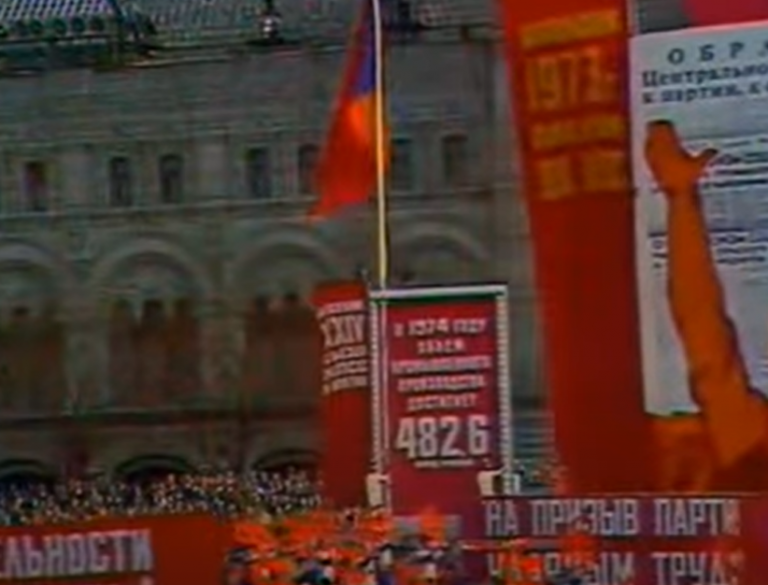
Song of the Communist Labor Brigades
"Song of Communist Labor Brigades" was written in 1956 by the composer Arkady Filipenko (1912-1983), who, in addition to academic music, wrote works for operettas and films. The verses to the song were written by another outstanding figure of Soviet culture of the Ukrainian SSR, Oleksa Novitsky (1914-1992), who was a military correspondent during the war, and later became a Shevchenko scholar. Both authors had the "right" biographies for writing the anthem of the communist labor brigades, which was performed at official events in the Ukrainian SSR, and was also published in large numbers for performance by professional and amateur groups. The song has a solemn mood and asserts that the communist labor...
The term media, used in the title of this module, is a broad and widely circulated concept, often invoked in discussions about “mass culture.” In Soviet historiography, however, media culture was referred to as “culture for the masses”—an attempt to avoid any association with the capitalist notion of culture. Yet, in both the market capitalist system and the state socialist system, the media in the 20th century brought about the emergence of a new media reality and landscape. By the 1960s and 1970s, their functions and status had grown far more significant than ever before. This module also introduces the concept of mediatization, which describes the way media influence, shape, and intertwine with...
The founders of the Soviet Union believed that the basis for new forms of labor was to be an amateur initiative and talents, of which the people have an endless source, managed by “nationwide accounting and control”. The method of introducing new forms of industry management was the widest propaganda of labor achievements. Soviet ideologists habitually cited Lenin who believed that labor could change a human being under socialism and advised how to organize socialist competition. This module by historian Bohdan Shumylovych is devoted to the topic of labor in communist propaganda, using the example of the 1960s.
У 1950–1960-х роках на підприємствах Радянської України поширилися практики, скеровані на удосконалення праці. Двигуном цього процесу були так звані передовики – учасники руху трудящих СРСР за комуністичне ставлення до праці та за виховання людини комуністичного суспільства.
The late nineteenth and twentieth centuries entered history with rapid changes, such as political, economic, demographic, social, ideological, and cultural. The course makes an attempt to look at how modernization has changed men and women and their gender roles and responsibilities, and what new meanings it gave to the once-established norms. It also tackles the question of how the modernity enshrined approaches affect our present. The topics presented in this course refer to different humanitarian disciplines (women's history, cultural studies, sociology, literary studies, art studies) and to different historical contexts. They rely on a variety of sources and methods focusing on a person in their gender-based roles and interdependencies. The course will present...
This cource was born as an attempt to reflect on certain urban phenomena in the 20th century from a transnational perspective. The lectures will tell about the phenomenon of urban scraps and urban fragments in the legacy of modernist painters. We will learn about how the media could be transit phenomena and how art forms could ruin the strong ideological frames. We are going to see how the Lviv Avant-Garde was building, how the street was becoming a source for inspiration of artists of Lviv Modernism, and how street art has been important political self-expression also today.
The course is aimed at both encompassing the theoretical aspects of the visual turn in the 20th century and demonstrating practical instruments for analyzing static and dynamic images. It studies the key issues of the visual culture sphere and orients students in the topic of the social role images and visuality play.


